(click images to enlarge)
|
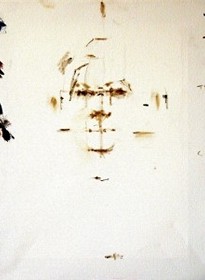
Step 1. Sizing and placing the head. 
|
|
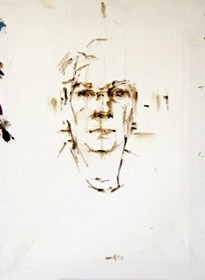
Step 2. Continue to place and fill out the features,
drawing with some raw umber, diluted slightly. |
|
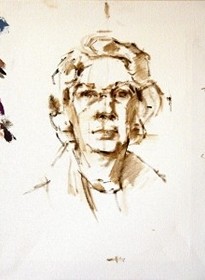
Step 3. Separate the light from shadow.
|
|
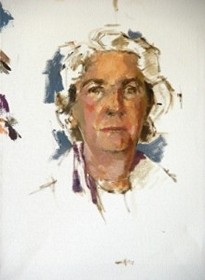
Step 4. Cover the working area with paint, approximating
color and value as you place brush strokes across the surface.

|
| |
|
|
|
|
|
|
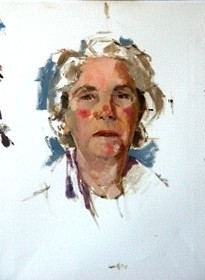
Step 5. Restate the drawing, the color and values. Here,
I have also begun modeling the hair. |
|

Step 6. Add details to the features, neck and hair. |
|

Step 7 Final. I've added enough background and scarf
to balance the composition and to make the painting into a well-designed
vignette. |
|
|
| |
|
|
|
|
|
|
 Heirloom
& Corporate Portraiture
Heirloom
& Corporate Portraiture Heirloom
& Corporate Portraiture
Heirloom
& Corporate Portraiture